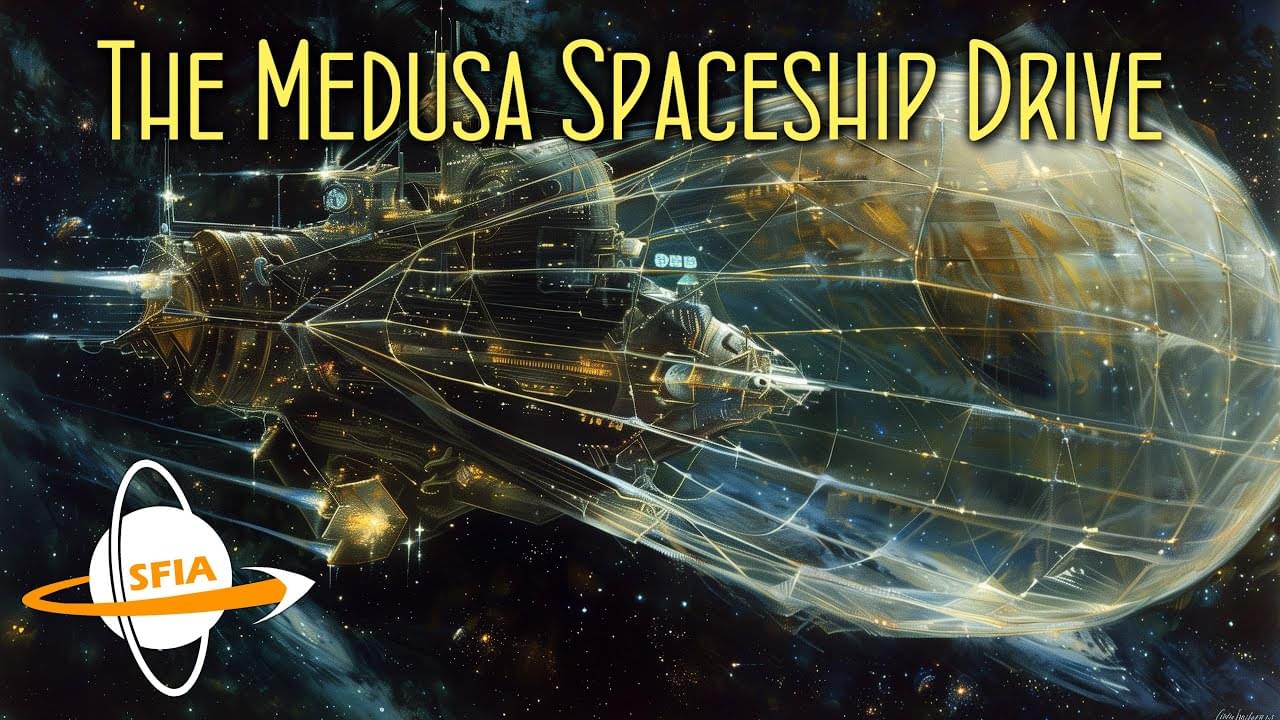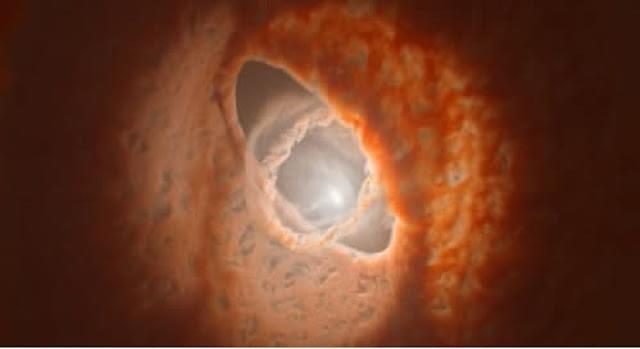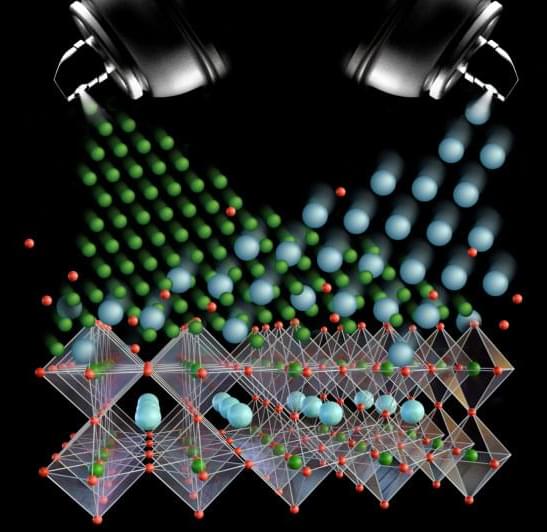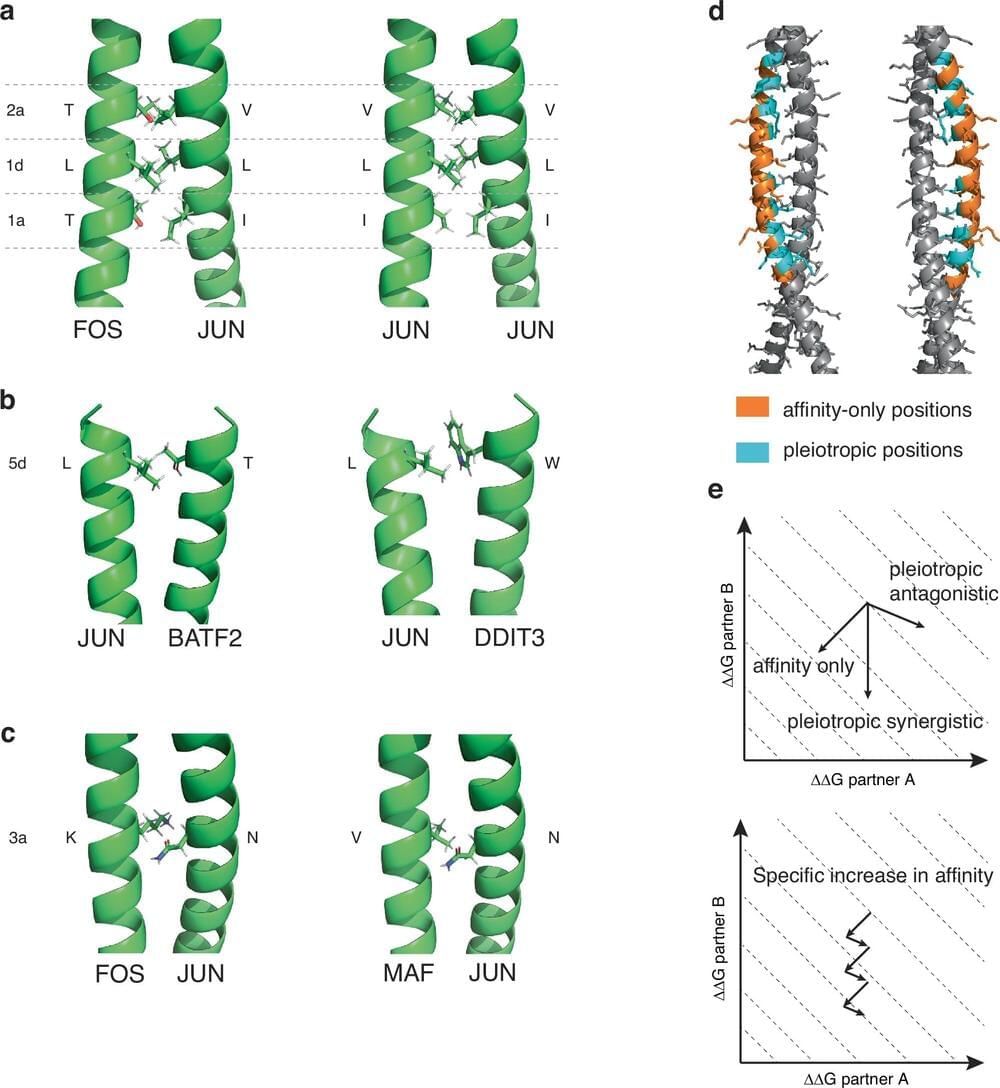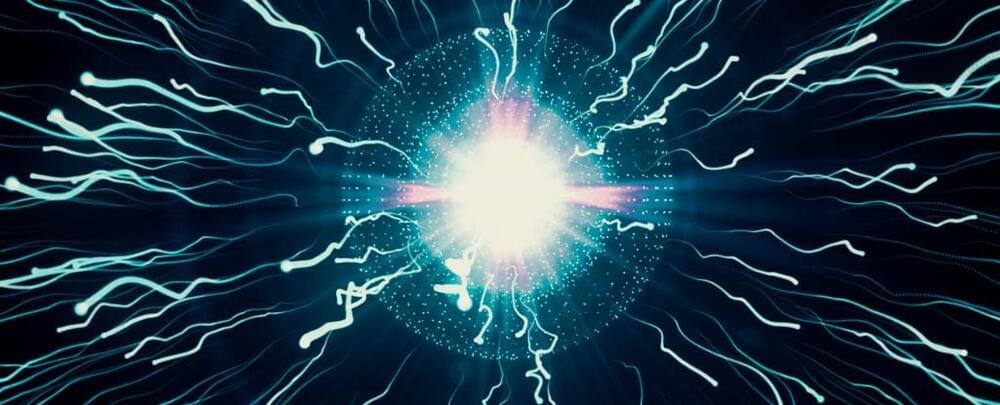Dec 7, 2024
This Theory of Everything Actually Makes a Prediction: New Physics in Black Holes
Posted by Dan Breeden in categories: computing, cosmology, mathematics, open access, physics
Learn science, computer science, and mathematics in the easiest and most engaging way possible with Brilliant! First 30 days are free and 20% off the annual premium subscription when you use our link ➜ https://brilliant.org/sabine.
Mathematician Stephen Wolfram has attempted to develop a theory of everything using hypergraphs, which are essentially sets of graphs that can describe space-time. Recently, another mathematician named Jonathan Gorard has used hypergraphs to describe what happens if a black hole accretes matter. He claims that evidence for hypergraphs should be observable in the energy that is emitted during the accretion. Big if true, as they say. Let’s take a look.

